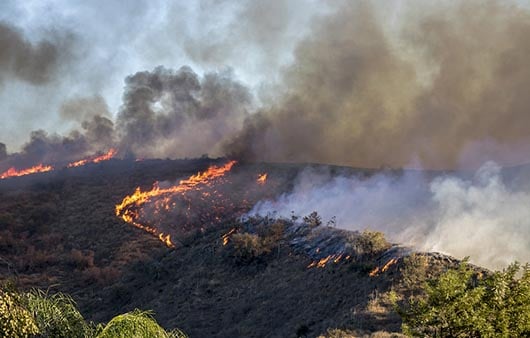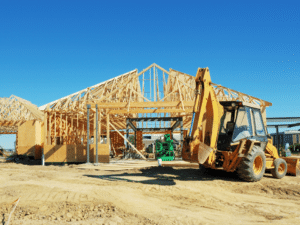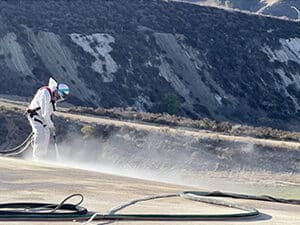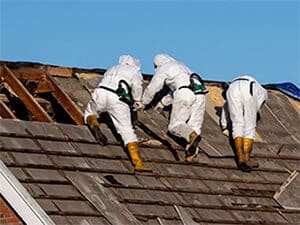Wet Winter Helping to Rein in California Wildfire Activity

While there are still two months remaining in California’s fire season, a wet winter and slightly cooler temperatures have created conditions that are keeping fire activity down, at least so far.
An analysis of state and federal fire records going back 25 years, found that as of late August, fewer acres had burned in California this year than in any year since 1988, The Mercury News reported.
That’s welcome news for a state that last year suffered through the deadliest and most destructive wildfire season in its recorded history with more than 1.8 million acres burned and 103 deaths, including six firefighters.
But there are still areas of concern as an abundance of dead branches left behind by heavy snowfall in northern California have authorities predicting increased chances of significant fire activity there.
According to the National Significant Wildland Fire Potential Outlook report released Sept. 1:
- Heavy snow in northern Sacramento created a large amount of dead and downed limbs and trees, increasing the likelihood of “above normal significant large fire potentials” in northern California through October.
- Southern California will likely be the last area to see an end to fire activity this year due to offshore winds and dry fuels.
How to Stay Ready in Wildfire Season
Dr. Richard Wade, a toxicologist and expert on the effects of wildfire and smoke-related damage at Omega Environmental Services, shared some tips and best practices for maintaining wildfire season readiness:
- Keep brush cleared away from the perimeter of your home.
- Keep windows closed and stay inside when wildfire smoke is in the air, particularly if you suffer from respiratory ailments. There is no need to tape windows shut.
- Be prepared to evacuate at a moment’s notice.
- Shut down the outside air intake when wildfire smoke is in the air. The air conditioning can continue to run as long as it is not pulling in outside air. Replace air conditioning filters routinely.
You should also have a fire plan. What will you take with you if you have to evacuate? You may want to include prescriptions, important papers, insurance documents and family phone numbers written on paper, as well as a medical kit and priceless items such as family photographs.
Returning to Your Home or Business After a Wildfire
Wildfire effects do not end just because the flames have been extinguished. Ash can also pose respiratory and other health hazards if it becomes airborne or if it contains residue from hazardous materials that have burned. Most smoke and ash particles deposited outside of the fire’s footprint, however, do not contain any toxic or hazardous particles because such particles cannot survive the intense heat and combustive energy of a wildfire, Dr. Wade says. While wildfire ash may be blown hundreds of miles from the site of a wildfire as the result of the winds created, it is not typically hazardous once it has settled.
It is still a good practice to take care to avoid tracking ash into your home, however. Hose down your car, driveway and steps before entering the house. Replace air conditioning filters and HEPA vacuum filters and vacuum any affected areas. Wipe all surfaces with a cloth dampened with water.
Wildfire ash is water soluble, does not require any specialized cleaning or disposal services and can be safely deposited in the trash, taking care not to allow it to become airborne, where it can cause throat, lung and eye irritation.
Where’s there’s Smoke: Omega Wildfire Expert Has Answers
Dr. Wade’s wide-ranging experience in environmental health includes extensive expertise around the science and mechanics of both deposited and airborne wildfire smoke. His research includes in-depth studies of some of the most devastating fires across California and the Southwest in recent history, including the 2018 Woolsey and Camp fires. He has reviewed sample results from hundreds of fire impact studies across the country and designed sampling plans to determine the path and composition of airborne and deposited particulates.
A former adjunct professor at the University of California and chief toxicologist for the San Francisco Fire Department, Dr. Wade is a sought-after expert on fire impact, including the effects of combustion products on human health.
As a principal and leading expert in toxicology, risk assessment, environmental engineering, risk management and mircrobiological and chemical contamination at Omega Environmental, Dr. Wade provides environmental health assessments and consulting to clients that include law firms, the insurance industry and others.
To learn more about Omega Environmental’s wildfire related assessments and services, give us a call or click on the link below. You can also visit our management page to learn more about our expertise in a wide variety of environmental assessments, consulting services and remediation projects.










